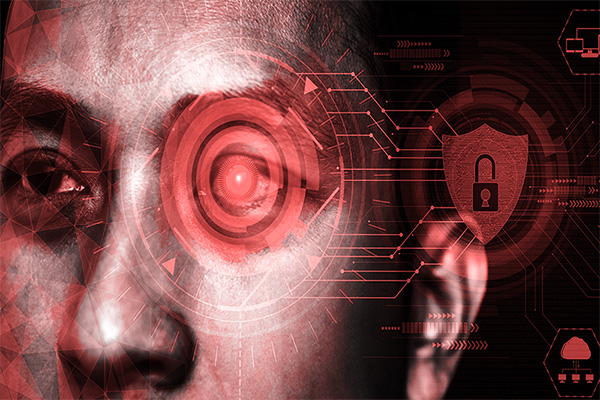
Cybersecurity training is broken.
Most programs rely on annual check-the-box courses that employees dread and forget—usually within days. They may satisfy compliance, but they don’t change behavior.
If your goal is to make people actually care about security —not just pass a test —you need to flip the psychology behind your program. The good news? Behavioral science gives us the framework to do exactly that.
This article examines three key principles that distinguish effective cybersecurity training and awareness programs from the rest: the PIC model (Positive, Immediate, Certain), the Forgetting Curve, and the application of positive reinforcement. When combined, they transform training into a habit—and a habit into a culture.
Employees don’t forget security lessons because they’re careless; they forget because the training was never designed for how humans learn.
The result? Employees tune out, retention plummets, and risky behavior continues.
To fix this, we need to think less like compliance officers—and more like behavioral psychologists.
Psychologist B.F. Skinner defined how to shape behavior using reinforcement rather than punishment. His PIC model—Positive, Immediate, Certain—applies perfectly to cybersecurity awareness.
Most security programs rely on fear. But positivity drives engagement and learning. When training focuses on how employees can protect themselves, their families, and their coworkers, it triggers personal motivation and a sense of empowerment.
Instead of “don’t fall for phishing,” try:
“Here’s how to spot fake messages before they reach your family inbox.”
It shifts from punishment to empowerment—a small but powerful difference.
Reinforcement must happen soon after the desired behavior. In cybersecurity terms, that means employees should receive short, topical content frequently—not once a year.
Biweekly or monthly updates keep security top of mind, reinforcing awareness before it fades. These microlearning bursts also fight the Forgetting Curve by consistently refreshing key lessons.
Employees need to know that training has clear, reliable outcomes. Ambiguity breeds anxiety and distrust—especially with “gotcha” phishing simulations that embarrass people.
Instead, deliver certainty: show examples of real threats, explain what happened, and reinforce what to do next time. Certainty creates confidence, not fear.
The Forgetting Curve, first described by Hermann Ebbinghaus, shows how quickly people lose information without reinforcement. Within 24 hours, most learners forget up to 70% of what they just learned.
The fix isn’t longer training—it’s smarter, repeated touchpoints.
Here’s how to flatten the curve:
Every small reminder helps rebuild the memory curve—keeping awareness alive.
When employees enjoy cybersecurity content, engagement becomes less of a struggle. Positive reinforcement transforms training from a requirement into a reward.
A 2022 study in Frontiers in Psychology found that employees who received positive feedback during learning were twice as likely to apply lessons on the job compared to those exposed to fear-based messages (source).
To put this into practice:
Each positive moment compounds into motivation. Over time, cybersecurity awareness becomes something employees want to improve, not something they have to endure.
The combination of PIC, repetition, and positive reinforcement creates a continuous awareness loop:
This is the formula that moves cybersecurity training from compliance to culture—where awareness isn’t a once-a-year event but part of how employees think every day.
If you want measurable improvement in employee behavior, stop counting completions and start cultivating consistency.
Because true cybersecurity resilience doesn’t come from training that scares people, it comes from training that sticks.
At Aware Force, we help large organizations educate and engage employees on cybersecurity through powerful branded content. From interactive videos to bite-sized newsletters and cyber games that spark curiosity, we create experiences that stick—and change behavior.





